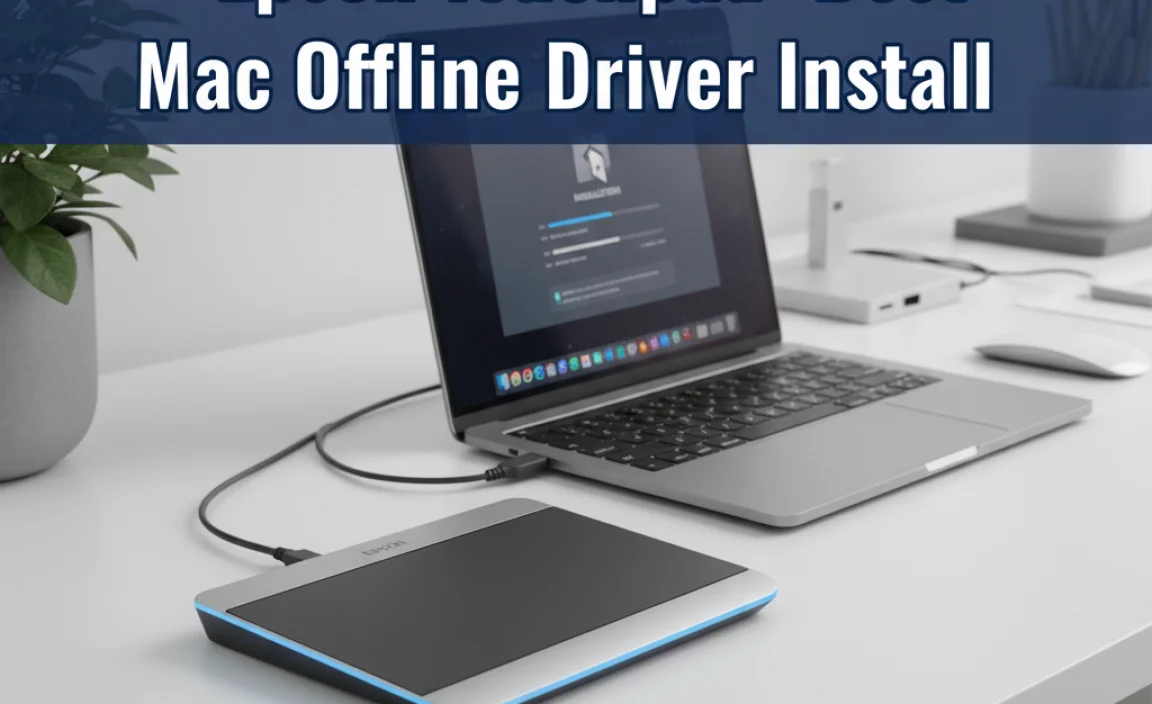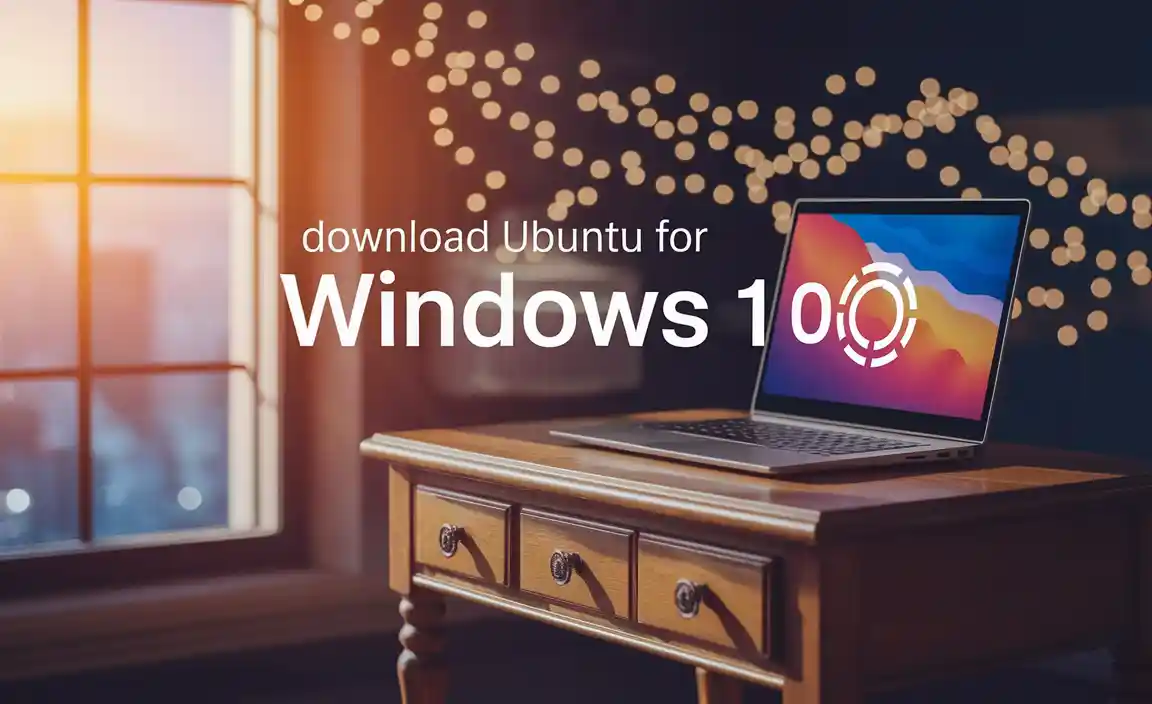While the idea of a “free password cracker for Windows 10” might instantly conjure images of illicit activities, the reality is far more nuanced. In the vast digital landscape, the need to recover lost or forgotten passwords is a surprisingly common predicament. Whether it’s a forgotten administrator password on your own personal device, the password to a spreadsheet you created years ago, or even attempting to help a family member regain access to their locked-out computer, the desire to bypass Windows 10 login screens is understandable. This article will explore the legitimate uses and the ethical considerations surrounding the tools often labeled as “password cracker for Windows 10,” while also highlighting the inherent risks and why relying solely on such tools might not always be the best solution.
Understanding Password Cracking Tools for Windows 10
At its core, a password cracker for Windows 10 is a piece of software designed to bypass or recover forgotten login credentials for a Windows operating system. These tools typically employ one of several methods to achieve this:
Password Reset: This is perhaps the most legitimate and widely used function. These tools can overwrite or reset the existing password, allowing you to set a new one. This is incredibly useful if you’ve forgotten your administrator password and have no other means of access.
Password Recovery/Discovery: Some tools attempt to “crack” the password by trying common passwords, dictionary words, or using brute-force methods (trying every possible combination). While this can work for weak passwords, it’s often time-consuming and can be unsuccessful against strong, complex passcodes.
Bypassing Login: Certain advanced tools can create a bootable USB or DVD that, when used to start the computer, allows you to access the system files and bypass the login screen without needing the password.
It’s crucial to understand that the legality and ethicality of using these tools depend entirely on your intent and ownership of the system in question. Using such software on a computer you don’t own or without explicit permission is illegal and unethical.
Legitimate Scenarios for a Password Cracker for Windows 10
Despite the potentially negative connotations, there are several valid reasons why someone might seek out a password cracker for Windows 10:
Recovering Access to Your Own System
The most common and ethical use is when you, the legitimate owner, have forgotten your Windows 10 password. This can happen for various reasons:
Infrequent Use: If you have multiple devices or accounts and don’t use a particular PC regularly, the password might simply slip your mind.
Typo During Setup: It’s possible to make a mistake when initially setting a password, leading to a lockout if you can’t recall the exact sequence.
Forgotten Administrator Password: This is a particularly common issue. If you forget the administrator password, you may be unable to install software, change system settings, or even perform crucial updates.
In these situations, a password cracking tool that offers a password reset function can be a lifesaver, allowing you to regain control of your own hardware without needing to perform a complete system reinstall, which would result in data loss.
Assisting Family and Friends
You might also find yourself needing to help a family member or close friend who has forgotten their password. If they’ve allowed you access to their computer for assistance, and you have their consent, using a password recovery tool can be a helpful way to resolve their login issue.
Educational and Security Purposes
For IT professionals, security researchers, and ethical hackers, understanding how password cracking works is essential for identifying vulnerabilities and developing more robust security measures. In controlled environments, these tools can be used for penetration testing and security awareness training.
The Risks and Downsides of Password Cracking Tools
While the utility of these tools is undeniable in specific circumstances, it’s imperative to be aware of the significant risks and potential downsides associated with using them:
Malware and Security Threats
The internet is rife with dubious software. Many “free password cracker for Windows 10” downloads are bundled with malware, viruses, spyware, or ransomware. Downloading and running such software can compromise your system, steal your personal data, or even lock your files for a ransom. Always download from reputable sources and be extremely cautious.
Data Loss and System Instability
Improper use of password cracking tools can lead to data corruption or system instability. If the tool modifies system files incorrectly, it could render your Windows installation unbootable, requiring a complete reformat and reinstall, thereby losing all your data.
Ethical and Legal Ramifications
As mentioned, using these tools on systems you do not own, or without explicit permission, is illegal and unethical. This can lead to severe legal consequences, including fines and even imprisonment.
Ineffectiveness Against Strong Passwords
Modern operating systems and common password cracking techniques are often no match for strong, complex passwords. Brute-force attacks, for example, can take an astronomical amount of time to crack a password that is long and uses a combination of uppercase and lowercase letters, numbers, and symbols.
Alternatives to “Password Cracker for Windows 10”
Before resorting to password cracking tools, consider these more secure and straightforward alternatives:
Microsoft Account Password Reset
If your Windows 10 login is linked to a Microsoft account (which is increasingly common), you can reset your password online through Microsoft’s official account recovery page. This is by far the easiest and safest method if applicable.
Password Reset Disk
If you proactively created a password reset disk or USB drive when you set up your Windows account, you can use this to reset your password directly from the login screen.
System Restore or Reset
If only a recent change has caused a login issue, or if you’re willing to sacrifice installed programs, performing a system restore or a Windows reset (which can be done while keeping your files) might be an option. This is usually accessed through the Windows Recovery Environment.
Contacting a Professional
For valuable data or sensitive systems, consider contacting a reputable computer repair service. They have the expertise and tools to handle password recovery securely without risking malware infection or data loss.
Conclusion
While the concept of a “free password cracker for Windows 10” might initially sound appealing for regaining access to a locked computer, it’s a path fraught with potential dangers. The legitimate uses are primarily for personal recovery of forgotten passwords on your own devices. However, the allure of such tools often leads users to questionable downloads that can introduce malware, compromise data, and cause system damage. Always prioritize official password reset methods provided by Microsoft and exercise extreme caution when considering third-party software. Understanding the risks and ethical implications is paramount before attempting any form of password cracking for your Windows 10 system.



